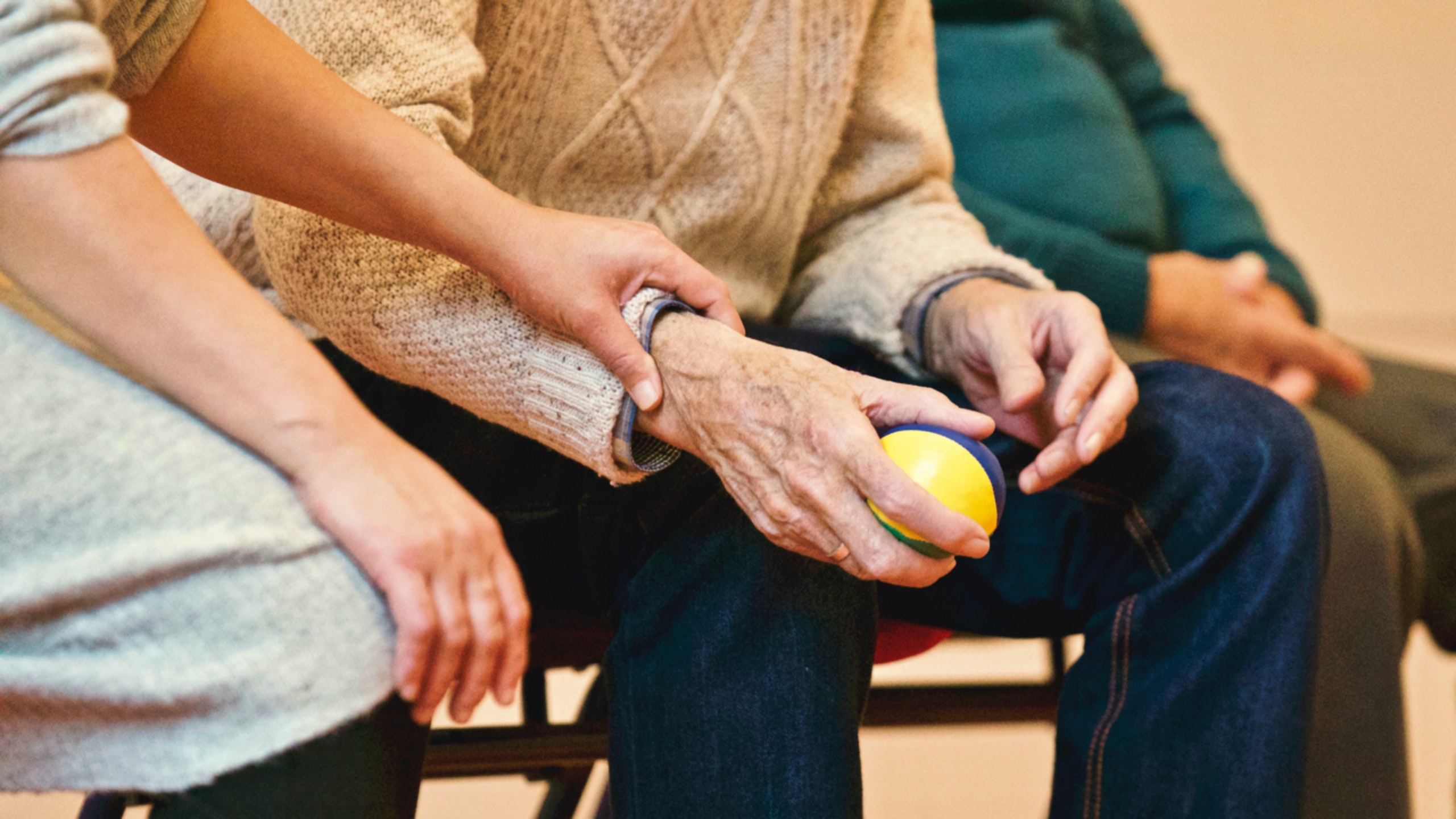Fitness at Any Age: How Elderly Exercise Can Improve Quality of Life

The image is not directly related to the article. It merely symbolizes the life of elderly people.
Fitness at Any Age: How Elderly Exercise Can Improve Quality of Life
As we age, it’s natural for our bodies to experience a decline in physical strength and mobility. However, this doesn’t mean that we should give up on exercise and maintaining a healthy lifestyle. In fact, regular physical activity becomes even more crucial as we get older. Engaging in elderly exercise not only helps prevent certain health conditions but can also significantly improve the overall quality of life for seniors.
One of the most significant benefits of regular exercise for the elderly is the improvement it brings to their physical health. Regular physical activity helps to maintain and improve balance, flexibility, and muscle strength, reducing the risk of falls and fractures. This is especially important considering that falls are one of the leading causes of injury and hospitalization among seniors. Exercise also aids in managing chronic health conditions such as heart disease, diabetes, and arthritis, helping to control symptoms and improve overall well-being.
Furthermore, engaging in physical activity releases endorphins, also known as “feel-good” hormones. Exercise has been proven to boost mood and reduce symptoms of depression and anxiety in seniors. It provides an opportunity for social interaction, which is crucial for mental well-being. Joining exercise classes or groups tailored to elderly individuals can foster social connections and combat feelings of isolation, common among older adults. These classes often become a supportive community, where participants can bond over shared goals and experiences.
Regular exercise can also enhance cognitive function and reduce the risk of cognitive decline in seniors. Studies have shown that physical activity increases blood flow to the brain, promoting the growth of new nerve cells and improving memory and cognitive abilities. Additionally, exercise stimulates the release of chemicals in the brain that improve mood and protect against dementia and other age-related cognitive disorders.
It’s important to note that elderly exercise doesn’t have to involve intense workouts or high-impact activities. There are numerous low-impact exercises that can be tailored to suit the needs and abilities of elderly individuals. Walking, swimming, gentle yoga, and tai chi are all excellent options that provide numerous health benefits while being gentle on the joints.
Before starting an exercise program, it’s crucial for seniors to consult with their healthcare provider to assess their physical capabilities and any potential limitations or risks. A healthcare professional can provide guidance on suitable exercises, intensity, and duration, ensuring that the exercise routine is safe and effective.
In conclusion, fitness is not limited to any specific age group. Engaging in regular physical activity is particularly important for the elderly as it can significantly improve their quality of life. From physical health benefits such as improved balance and flexibility to mental well-being and cognitive function enhancements, elderly exercise provides a holistic approach to maintaining health and happiness. So, regardless of age, it’s never too late to start or continue exercising and reaping the amazing benefits it offers.
The image is not directly related to the article. It merely symbolizes the life of elderly people. Fitness at Any Age: How Elderly Exercise Can Improve Quality of Life As we age, it’s natural for our bodies to experience a decline in physical strength and mobility. However, this doesn’t mean that we should give up…
Recent Posts
- Empowering Caregivers: The Best Online and Offline Resources to Enhance Your Skills
- Traveling with a Purpose: The Rise of Volunteer Vacations
- Breaking Stigma: Dispelling Myths about Mobility Aids and Disability
- Avoiding Probate: How Trusts Can Simplify the Estate Settlement Process
- Senior Citizens Beware: Common Financial Scams and How to Stay Protected

